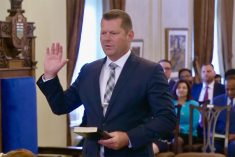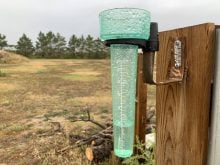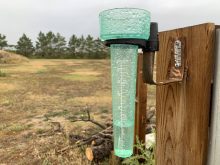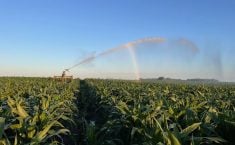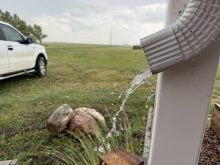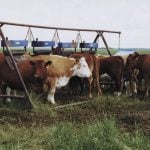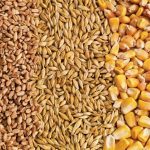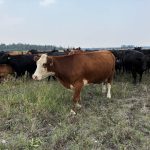The provincial government is blaming the feds for a controversial condition in a new risk management program aimed at beef producers.
The recently-announced Canada-Alberta Drought Livestock Assistance (CADLA) program has raised the ire of beef producers across Alberta. They’re unhappy that only growers in certain municipalities (mostly in the northwest and southern ends of the province) are eligible.
In a November 7 letter to stakeholders, the minister of Alberta Agriculture and Irrigation appeared to blame the federal government for the inclusion of area-specific eligibility in the AgriRecovery-based program.
Read Also
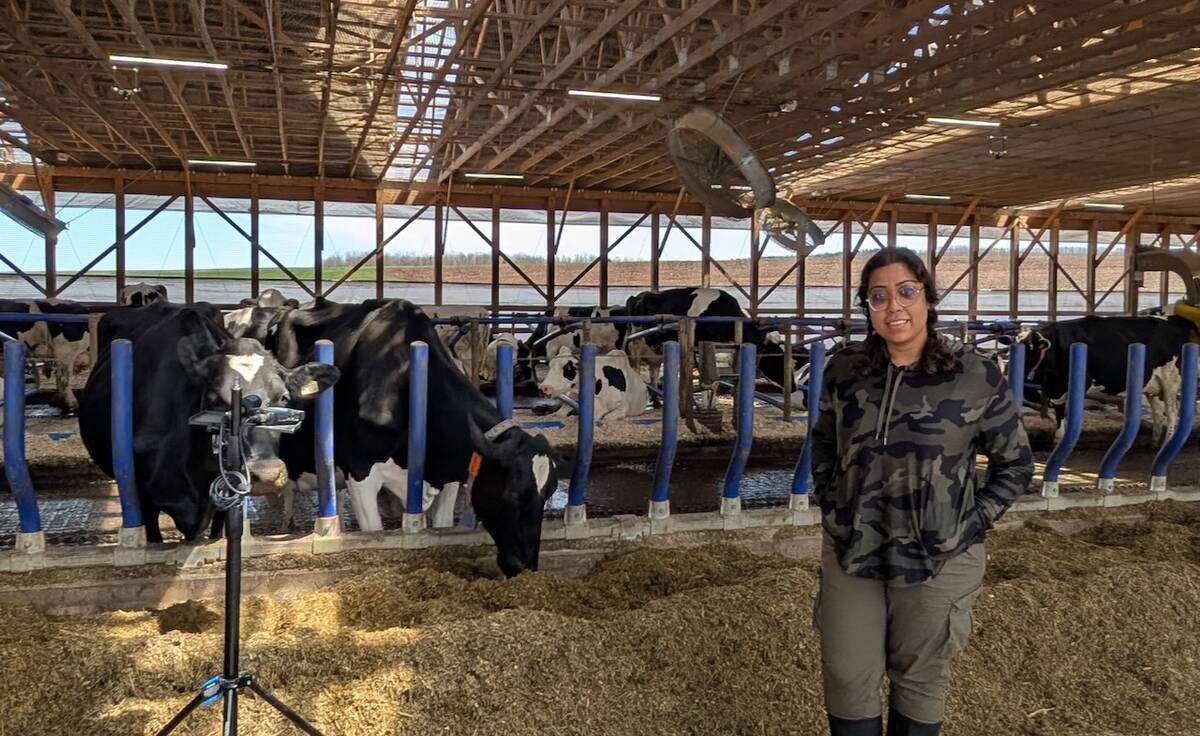
Moo translator and methane measures: There’s an app for that
Dalhousie University researchers use artificial intelligence to create new dairy farm apps that analyze cattle sounds and measure methane.
“Area-specific eligibility was a requirement set by the federal government as a condition of the program,” wrote RJ Sigurdson.
“My ministry and I have been fierce in negotiations, advocating to the federal government for our producers to receive drought relief. However, simply put, the federal government would not have provided its portion of this program’s funding without area-specific eligibility requirements.”
This condition was not present in a previous AgriRecovery program that provided aid to beef producers suffering losses following the 2021 drought, he said.
“The situation faced by producers in 2021 was different than 2023. Extreme dry conditions were more widespread in 2021, so there were no geographic restrictions on the AgriRecovery response for livestock producers that year.”
The CADLA is a $165 million federal-provincial program — $99 million and $66 million respectively — designed to assist beef producers with extraordinary costs associated with accessing feed and dealing with prolonged drought conditions.
Eligible producers can apply for a feed assistance payment based on a “feed need calculation.” AFSC — which administers the program — requires proof of extraordinary expenses incurred due to drought conditions between June 1, 2023 and March 31, 2024.
Applications close at midnight January 15, 2024.
According to AFSC, eligible producers could access up to $150 per head “to help maintain the breeding herd in drought regions.”
The federal portion is part of a $219 million assistance program under AgriRecovery that is being rolled out to Alberta, British Columbia and Saskatchewan.
In a letter to Sigurdson (also dated November 7), Alberta Beef Producers chair Brodie Haugan pointed out how the CADLA — in its current form — could disqualify many producers that experienced extraordinary losses but do not produce in an eligible municipality.
“This summer was unique in that rain showers were exceedingly patchy, meaning that producers only miles apart have very different moisture realities,” wrote Haugan.
“In CADLA, county boundaries were used to determine drought impact. However, some people in those counties were not impacted by lack of rain. Similarly, many producers outside the established boundary experienced extreme drought.”
Alberta Beef is calling on government to reassess moisture eligibility to be based on experienced extreme drought conditions rather than arbitrary lines and increase the overall budget to allow eligible, drought-affected producers to maintain at least $150 dollars per head.
Bob Dublanko echoes Haugan’s sentiments. He’s a cattle producer in Leduc County — one of the municipalities not considered eligible under the CADLA.
“I don’t believe you can separate counties by their geography because at one end of the county it may rain and the other end it may not.”
He also debates rainfall as a metric, pointing out that timeliness of rains is more crucial than total rainfall.
“You also have to look at when the rainfall came. Rainfall in August and September is too late. You got to have rainfall in May, June and July to have hay and pasture.”
Dublanko — who sold 10 per cent of his herd this year to make ends meet — also thinks CADLA has come too late for producers trying to replenish their feed.
“This program should have came out the first of September so guys could make a decision on where to get the feed, what kind of feed to get and not to sell their cows because we don’t want farmers to decrease their cow herd because of feed,” he said.
Dublanko said he was only able to grow half his typical hay crop this past year because he had to shift his cows to what would have been crop land. That created a loss in itself, he said.
“Our cows went to pasture on land that we were going to use to crop. We just shifted them and they went on hay land to eat. And that’s one reason why we got less hay.”
Based on his own experience with government, Dublanko suggested that the industry continue to push government to refine the CADLA.
“You know how things work with the government. They lay out something and then they listen to the feedback. If they don’t get feedback, then they think what they did is okay.”
He believes the approach the federal and provincial governments are taking with the CADLA will further erode incentive for younger beef producers to enter the industry.
“How can you be discretionary on rainfall and other little picky things? Just pay us a flat-out fee. Keep us in the business. We’re a dying breed. We’re all old. Get these young people involved. They have got to have an incentive to be in this business.”
Further information on CADLA — including eligibility requirements and deadlines — is available on the AFSC website at afsc.ca.




